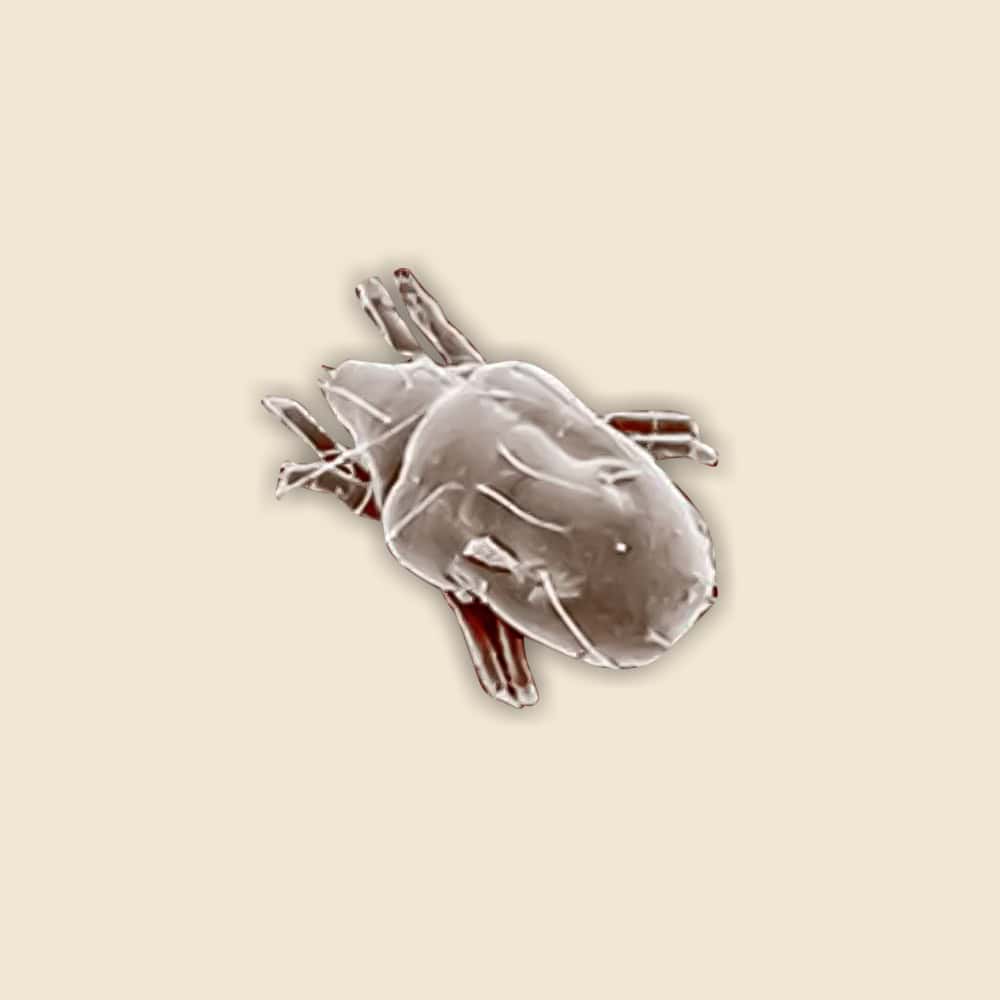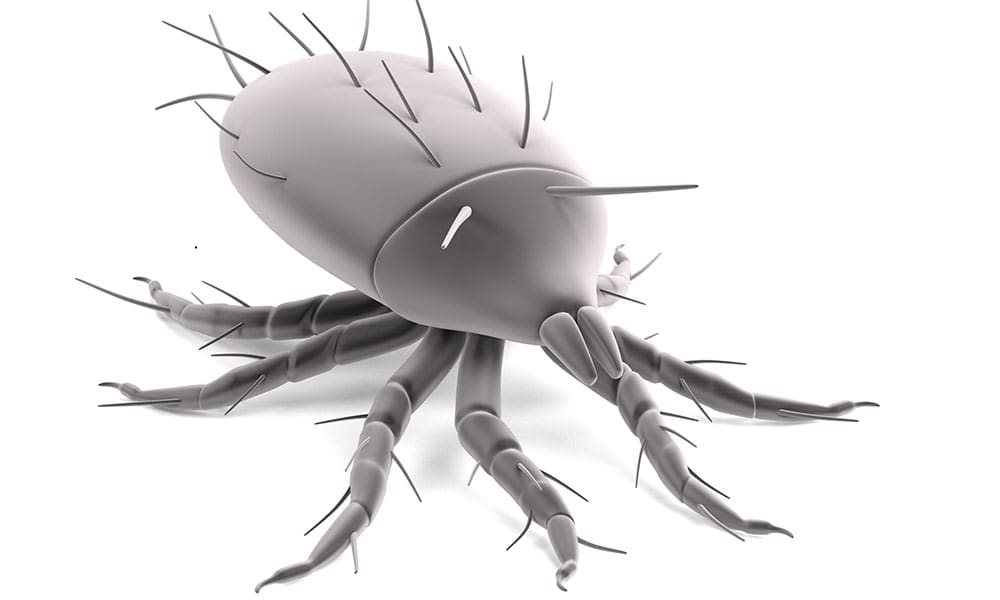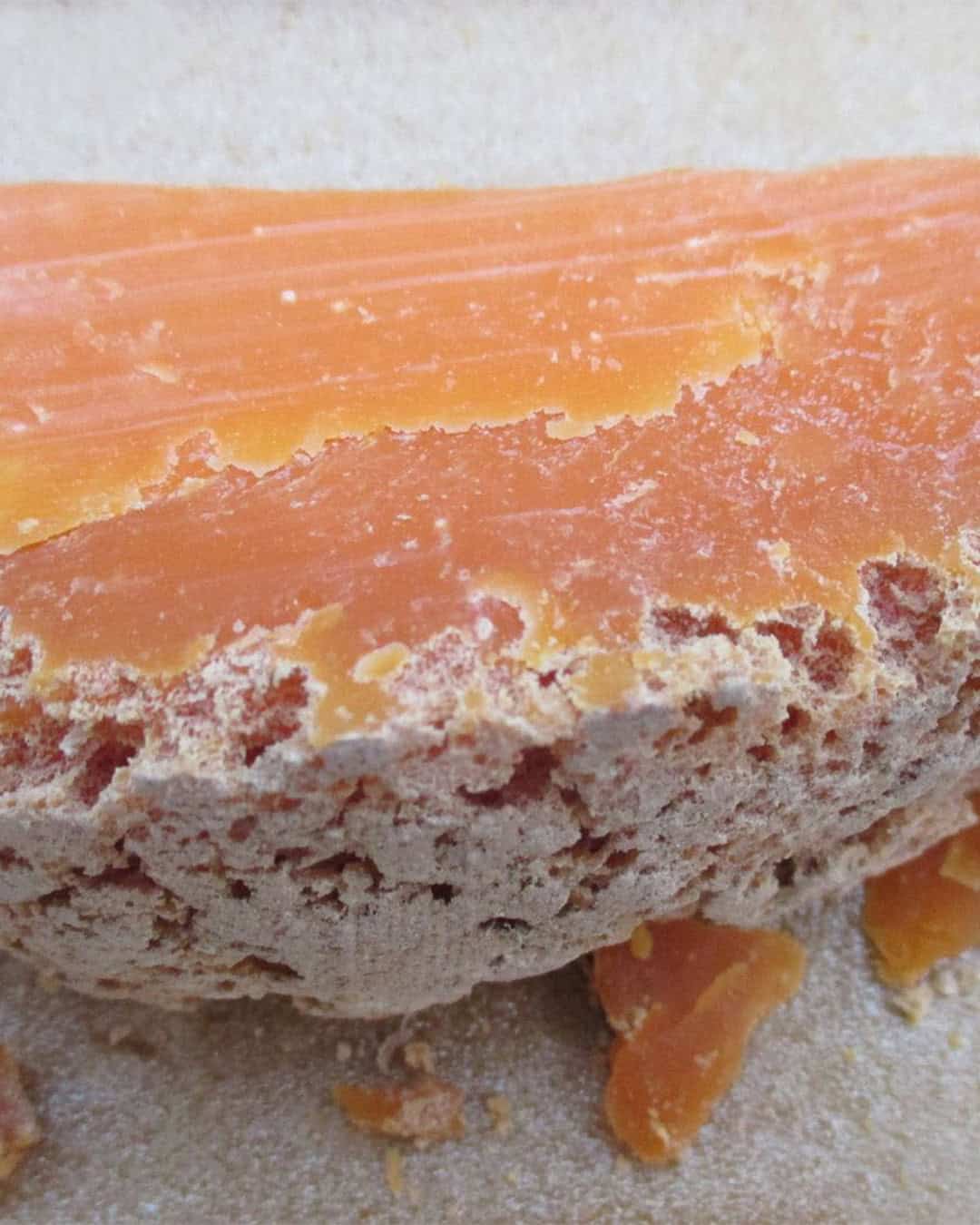Cheese Mite Facts & Information
Cheese mites are tiny arachnids that are often found in aging cheese, particularly on the rind of hard cheeses. While they are nearly invisible to the naked eye, these mites can become a nuisance in environments where food storage or production occurs. Although some traditional cheese-making processes allow for the presence of cheese mites to enhance flavor, uncontrolled infestations can lead to contamination and spoilage.

Tyrophagus casei
What You Need To Know About Cheese Mites
What do cheese mites look like?
Cheese mites are tiny, nearly microscopic arachnids, measuring about 0.3 to 0.5 millimeters in length. They are translucent or pale in color and have eight legs like other mites. Due to their small size, they are often undetectable without the aid of a microscope or magnifying glass.
What do cheese mites eat?
As their name suggests, cheese mites feed on the surface of aging cheeses. They consume the mold and proteins found in the cheese rind. In some cases, their presence contributes to the flavor and texture of certain traditional cheeses, such as Mimolette and Milbenkäse.
What sort of habitat do cheese mites live in?
Cheese mites thrive in environments where cheese is stored and aged, particularly in warm, humid conditions. They are commonly found in cheese caves, cellars, or aging rooms where the climate supports the maturation process. Mites often live directly on the surface of cheese rinds, burrowing into cracks and feeding on the outer layers.
How do cheese mites commonly behave?
Cheese mites are generally not aggressive and pose no direct harm to humans. They primarily remain on the surface of aging cheeses, feeding on the rind and aiding in the natural maturation process. In some cases, if left unchecked, they can infest cheese in large numbers, potentially causing damage to the product.
Did you know this about cheese mites?
Cheese mites are sometimes intentionally introduced to certain traditional cheeses, as their activity is believed to enhance the flavor and create a distinct texture. For example, the French cheese Mimolette is known for its pockmarked rind, which is the result of cheese mites feeding on the surface. Despite their small size, cheese mites have a long history in cheesemaking and are even celebrated in some regions for their role in crafting unique cheeses.
Understanding Cheese Mite Infestations
Understanding cheese mite infestations is key for proper management. These mites thrive in cool, damp environments, making them particularly common in cheese cellars and food storage areas. They feed on the surface of aging cheeses, causing a fine dust or powder to form on the rind. While they generally don’t pose significant health risks, the presence of mites can affect food quality and lead to unsanitary conditions.

How Hearts Handles Cheese Mite Treatment
Hearts Pest Management employs an integrated pest management approach to handle Cheese Mite infestations.
Cheese Mite Inspection
Cheese Mite Treatment
Cheese Mite Prevention
Educational Resources

Think You Might Have a Cheese Mite Infestation?
At Hearts Pest Control, we understand the challenges associated with Cheese Mite infestations and are here to provide professional solutions tailored to your needs. Flourishing in warm and humid climates, they are prevalent in many regions, including San Diego County, Orange County, and Los Angeles County.